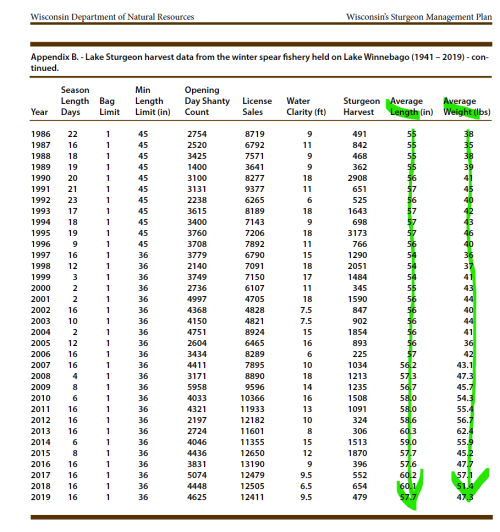VikingsGuy
Well-known member
I am no expert but I think to date (but who knows in a post-Chevron world) individual successful pockets are not determinative of overall ESA status. I don’t have a position on sturgeon, just curious to see how the science, laws and regs are applied in these types of circumstances. In general I am not sure a given state saying “we got this” fits well with ESA framework.The Wisconsin DNR has been highly successful for many decades in scientifically managing sustainable sturgeon populations in the Lake Winnebago system. The Wisconsin Sturgeon plan is the "gold standard" of fisheries science for these fish. A genuine success story of scientific management of this extraordinary natural resource. If we do actually follow the science, it will lead us to the highly defensible position that sturgeon do not need to be on the endangered species list in Wisconsin.
Good luck to all of the spearing crews next month!
edited: fixed a missing “not”
Last edited:







